Home>Gardening & Outdoor>Landscaping Ideas>How To Kill Grubs In Grass
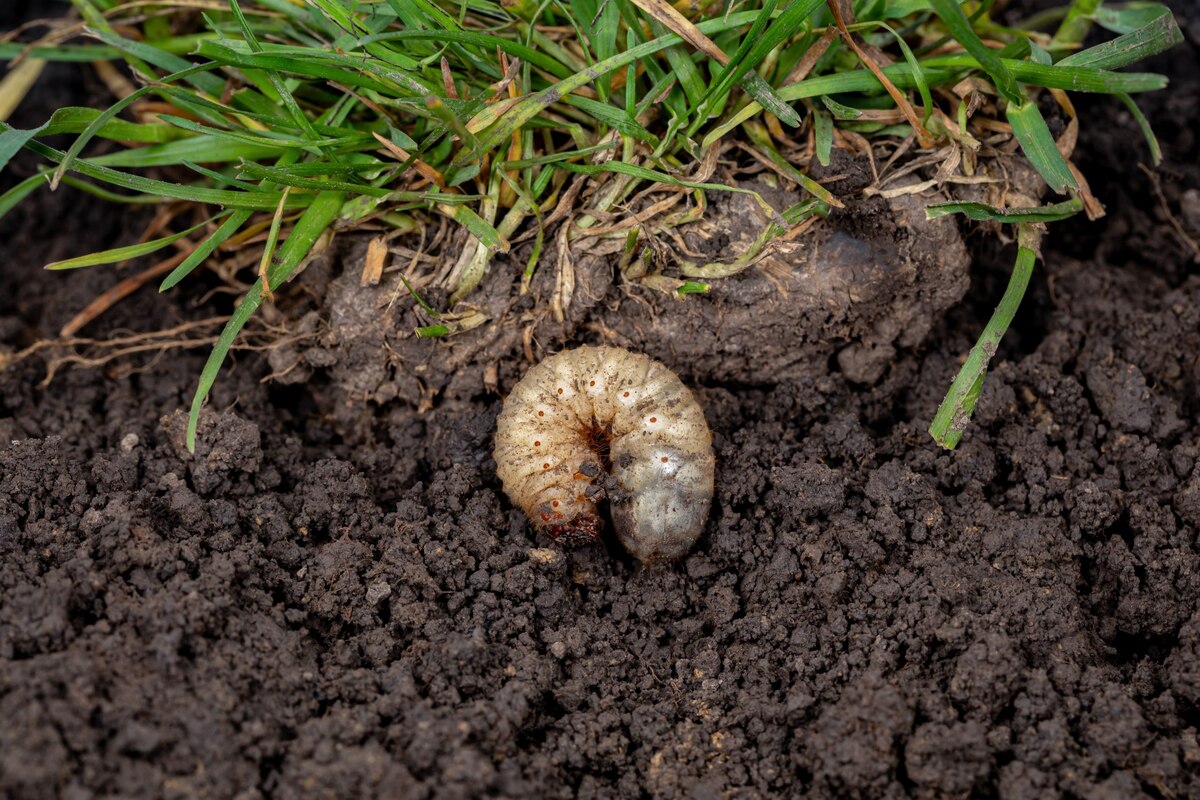

Landscaping Ideas
How To Kill Grubs In Grass
Modified: February 18, 2024
Learn effective landscaping ideas for killing grubs in grass and restoring the beauty of your lawn. Discover expert tips and techniques for a healthy, pest-free yard.
(Many of the links in this article redirect to a specific reviewed product. Your purchase of these products through affiliate links helps to generate commission for Storables.com, at no extra cost. Learn more)
Introduction
Welcome to the world of landscaping, where the beauty of a lush, green lawn is a sight to behold. However, maintaining that beauty often involves dealing with unwanted guests beneath the surface – grubs. These white, C-shaped larvae of various beetles can wreak havoc on your grass by feeding on the roots, causing brown patches and potentially attracting other pests like moles and raccoons.
In this comprehensive guide, we will explore the various methods for identifying, managing, and preventing grub infestations in your lawn. Whether you prefer natural remedies or chemical solutions, we’ve got you covered. By the end of this article, you’ll be equipped with the knowledge and strategies to keep your lawn free from these underground nuisances.
Key Takeaways:
- Keep an eye out for brown patches and wilting grass as signs of grub infestation. Look for C-shaped, white larvae in the soil and take proactive measures to protect your lawn.
- Natural methods like nematodes and milky spore offer eco-friendly solutions for controlling grubs. Proper lawn maintenance and soil testing can also help prevent infestations.
Read more: How To Tell If Grubs Are Killing Grass
Identifying Grubs
Before taking steps to address a potential grub problem, it’s important to accurately identify these underground pests. Grubs are the larval stage of several types of beetles, including Japanese beetles, June bugs, and European chafers. These larvae are typically white or off-white in color with a C-shaped body, and they can vary in size from about 1/2 inch to 2 inches long, depending on the beetle species.
When inspecting your lawn for grubs, you may come across small patches of brown or wilting grass. These areas are often indicators of grub activity, as the pests feed on the roots, causing the grass to lose its vitality. Another method for identifying grubs involves lifting a section of turf. If the grass rolls up easily, similar to a loose carpet, it may be a sign of extensive root damage caused by grubs feeding below the surface.
Furthermore, you can directly search for grubs by digging a few inches into the soil in affected areas. If you encounter white, C-shaped larvae, you’ve likely found the culprits responsible for the damage to your lawn. It’s crucial to accurately identify the presence and severity of grub infestations before proceeding with any treatment or prevention methods.
Signs of Grub Infestation
Grubs can wreak havoc on your lawn, and being able to recognize the signs of their presence is crucial for effective management. One of the most common indicators of a grub infestation is the appearance of brown, wilting patches in your otherwise healthy lawn. As these pests feed on the grassroots, the affected areas become increasingly susceptible to drought and other stressors, leading to their discoloration and eventual demise.
Another telltale sign of a grub infestation is the presence of animals such as moles, skunks, or raccoons digging up your lawn. These creatures are drawn to the grubs as a food source and can cause additional damage while foraging for their next meal. If you notice an increase in these activities, it’s a strong indication that grubs may be present in your lawn.
Furthermore, as the grass loses its root system due to grub feeding, it becomes more susceptible to being pulled up like a loose carpet. If you find that patches of your lawn can be easily rolled back, it’s likely that grubs have caused significant damage below the surface.
Lastly, during late summer or early autumn, you may notice an increase in adult beetles hovering around your lawn. These beetles are the mature form of the grubs and may be an indication of a potential grub infestation in the following season. Keeping an eye out for these signs can help you take proactive measures to address the issue before it worsens.
Natural Methods for Killing Grubs
For those who prefer environmentally friendly and non-toxic approaches to pest control, several natural methods can help manage and eliminate grub infestations in your lawn.
- Nematodes: These microscopic roundworms, specifically the species Heterorhabditis bacteriophora and Steinernema feltiae, are natural predators of grubs. When applied to the soil, nematodes seek out grubs and release bacteria, which ultimately kill the pests. This biological control method is safe for plants, animals, and humans, making it an eco-friendly solution for grub infestations.
- Milky Spore: This naturally occurring bacterium, Paenibacillus popilliae, can be applied to the lawn to target Japanese beetle grubs. Once ingested by the grubs, milky spore multiplies within their bodies, ultimately causing their demise. This method is effective and has a long-lasting impact, as the spores persist in the soil for several years, providing ongoing protection against future infestations.
- Beneficial Nematodes: These microscopic organisms are effective predators of various soil-dwelling pests, including grubs. When introduced to the soil, they actively seek out grubs and other harmful insects, reducing their populations naturally. Beneficial nematodes are safe for plants, animals, and the environment, making them a popular choice for environmentally conscious gardeners.
- Healthy Lawn Practices: Maintaining a healthy lawn through proper watering, mowing, and fertilization can help minimize the impact of grub infestations. Well-nourished and properly irrigated grass is better equipped to withstand the damage caused by grubs, potentially reducing the severity of the infestation.
By incorporating these natural methods into your lawn care routine, you can effectively manage and control grub populations while minimizing the use of chemical treatments.
One effective way to kill grubs in grass is to apply a grub control product containing imidacloprid or trichlorfon. Follow the instructions on the product label for best results.
Chemical Methods for Killing Grubs
While natural remedies are preferred by many, chemical treatments can provide effective and rapid control of grub infestations in lawns. It’s important to use these methods judiciously and in accordance with product instructions to minimize environmental impact.
- Grub-Targeted Insecticides: There are several insecticides specifically formulated to target and eliminate grubs. These products often contain active ingredients such as imidacloprid, chlorantraniliprole, or trichlorfon, which effectively eradicate grub populations. It’s crucial to apply these insecticides at the right time of year, typically in late spring to early summer when the grubs are actively feeding near the soil surface.
- Liquid Applications: Liquid insecticides can be applied directly to the lawn using a sprayer, effectively targeting areas with known or suspected grub activity. These products provide a quick and efficient means of controlling grubs and preventing further damage to the grass roots.
- Granular Formulations: Granular insecticides are designed to be spread evenly across the lawn and watered in, allowing the active ingredients to penetrate the soil and target the grubs beneath the surface. This method provides a systematic approach to controlling grub populations and can offer longer-lasting protection against future infestations.
- Professional Application: In severe cases of grub infestation, seeking the expertise of a professional pest control service may be necessary. These professionals can assess the extent of the infestation and apply targeted chemical treatments to effectively eradicate grubs from the lawn.
When using chemical methods for killing grubs, it’s essential to prioritize safety and environmental responsibility. Always follow the instructions provided by the product manufacturer and consider the potential impact on beneficial insects and the surrounding ecosystem. Additionally, be mindful of any local regulations or restrictions regarding the use of chemical treatments for pest control.
Read more: What Is Grass Grub
Preventing Grub Infestations
Prevention is key when it comes to managing grub infestations in your lawn. By implementing proactive measures, you can minimize the risk of future infestations and maintain the health and vitality of your grass.
- Proper Lawn Maintenance: Regular lawn care practices, such as mowing at the appropriate height and watering deeply but infrequently, can promote the development of a strong and healthy root system. A well-maintained lawn is more resilient to grub damage, making it less susceptible to infestations.
- Overseeding: Introducing new grass seed to your lawn can help thicken the turf, making it more resistant to grub feeding. By overseeding in the fall, you can encourage the growth of dense, healthy grass, reducing the impact of any potential grub activity.
- Biological Controls: Encouraging natural predators of grubs, such as birds and beneficial insects, can help keep grub populations in check. Creating a habitat that attracts these natural predators, such as providing bird feeders and planting nectar-rich flowers, can contribute to a balanced ecosystem in your yard.
- Soil Testing and Amendment: Conducting soil tests to assess its composition and pH levels can help identify any imbalances that may make the lawn more susceptible to grub infestations. Amending the soil with organic matter and appropriate fertilizers can improve its overall health and resilience.
- Professional Consultation: Seeking advice from a lawn care professional or an extension service can provide valuable insights into preventing and managing grub infestations. These experts can offer tailored recommendations based on the specific conditions of your lawn and the local grub population.
By integrating these preventative strategies into your lawn care routine, you can create an environment that is less hospitable to grubs, reducing the likelihood of infestations and minimizing the need for reactive treatments.
Conclusion
Grub infestations can pose a significant threat to the health and beauty of your lawn, but with the right knowledge and strategies, you can effectively manage and prevent these underground pests. Whether you opt for natural remedies or chemical treatments, it’s essential to approach grub control with a focus on environmental responsibility and long-term sustainability.
Identifying grubs and recognizing the signs of their presence are crucial steps in addressing potential infestations. By staying vigilant and proactive, you can take the necessary measures to protect your lawn from the damaging effects of these pests. Natural methods, such as the use of nematodes, milky spore, and beneficial organisms, offer eco-friendly solutions for controlling grub populations while maintaining a harmonious ecosystem in your yard.
For those who prefer chemical treatments, targeted insecticides and professional applications can provide effective control of grubs. However, it’s important to use these methods judiciously and in accordance with product instructions to minimize their impact on the environment and beneficial insects.
Prevention is key in managing grub infestations, and by practicing proper lawn maintenance, overseeding, and soil amendment, you can create a resilient and healthy lawn that is less susceptible to grub damage. Consulting with lawn care professionals and incorporating their recommendations can further enhance your efforts in preventing and managing grub infestations.
With the insights and strategies outlined in this guide, you are well-equipped to tackle grub infestations and maintain a vibrant, lush lawn. By combining proactive prevention with effective management techniques, you can enjoy a beautiful and resilient lawn, free from the destructive impact of grubs.
Frequently Asked Questions about How To Kill Grubs In Grass
Was this page helpful?
At Storables.com, we guarantee accurate and reliable information. Our content, validated by Expert Board Contributors, is crafted following stringent Editorial Policies. We're committed to providing you with well-researched, expert-backed insights for all your informational needs.
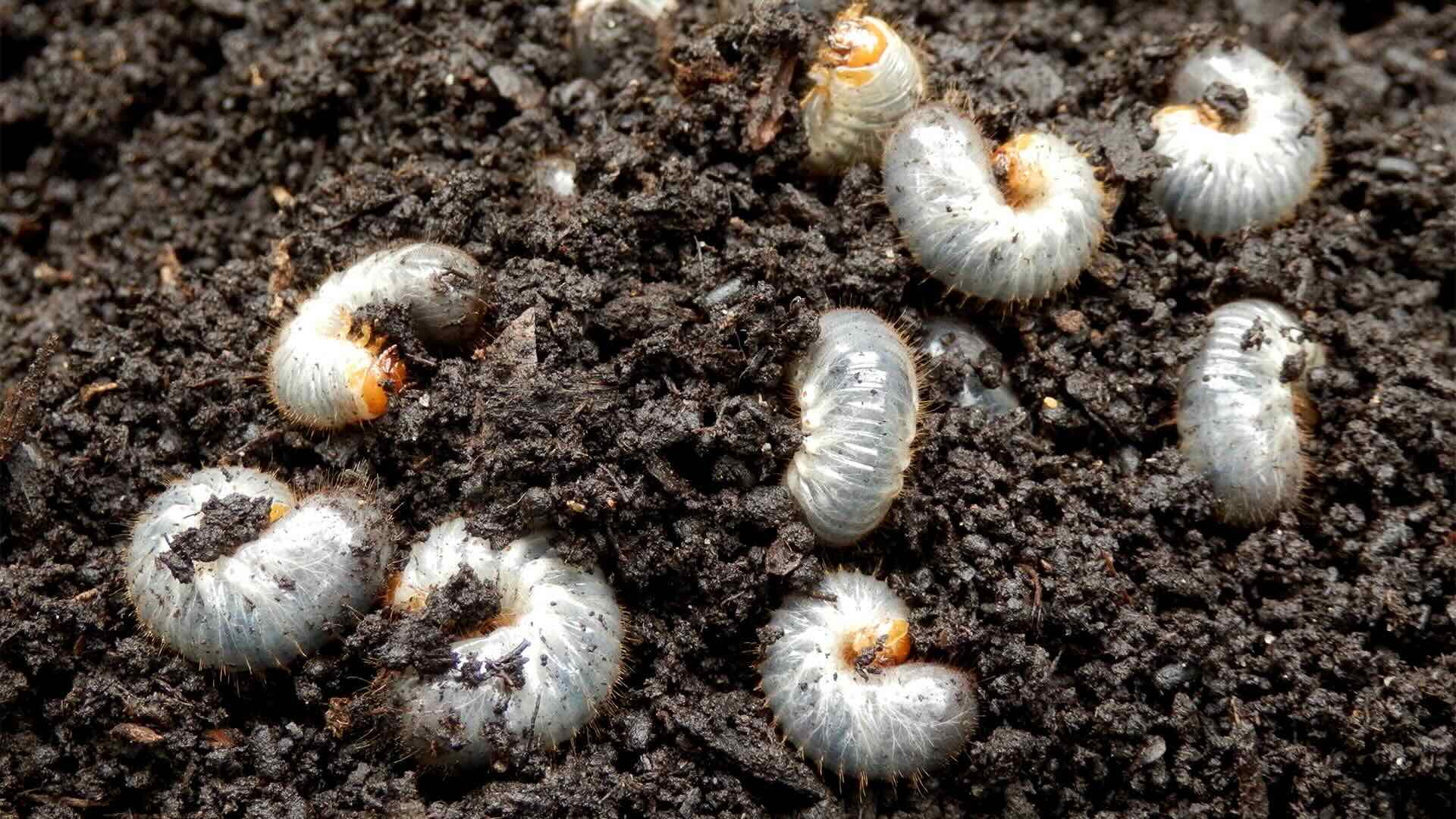
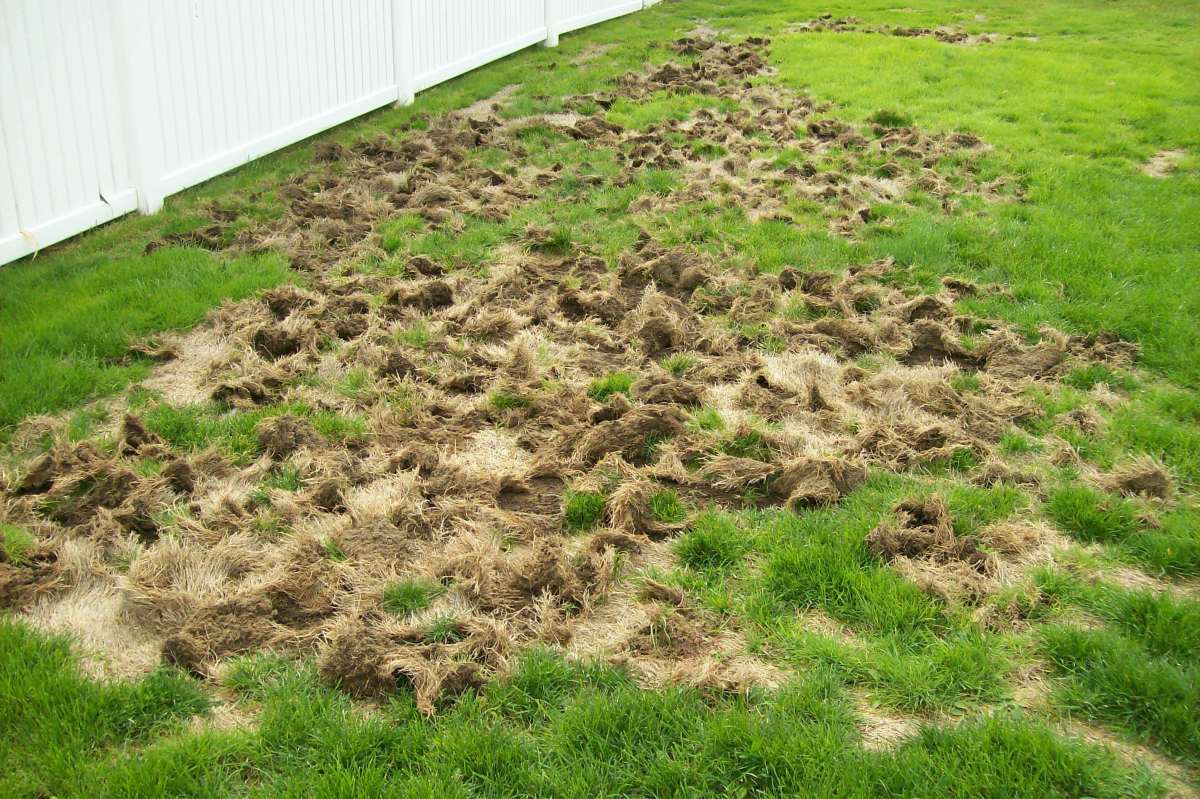
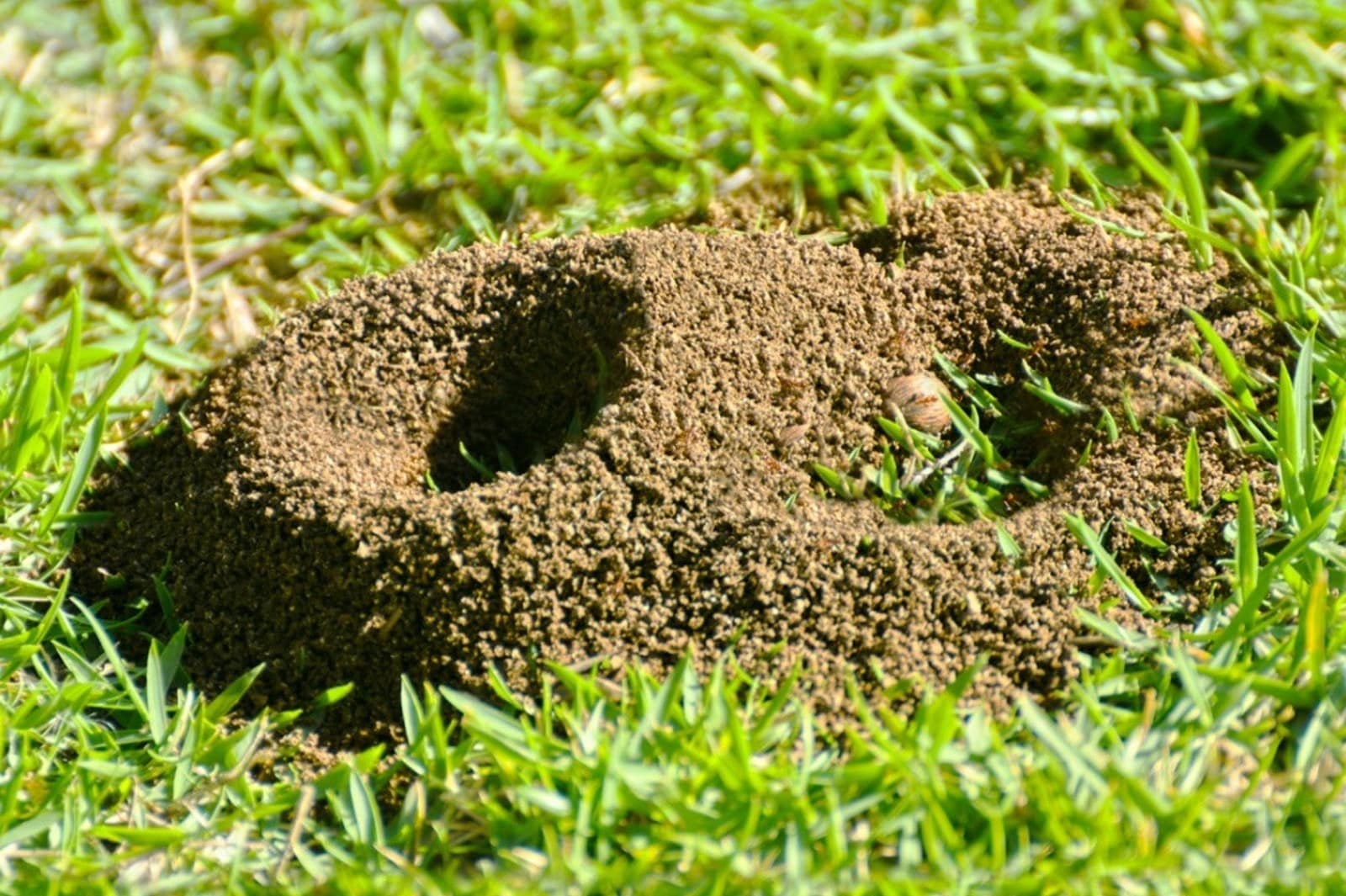
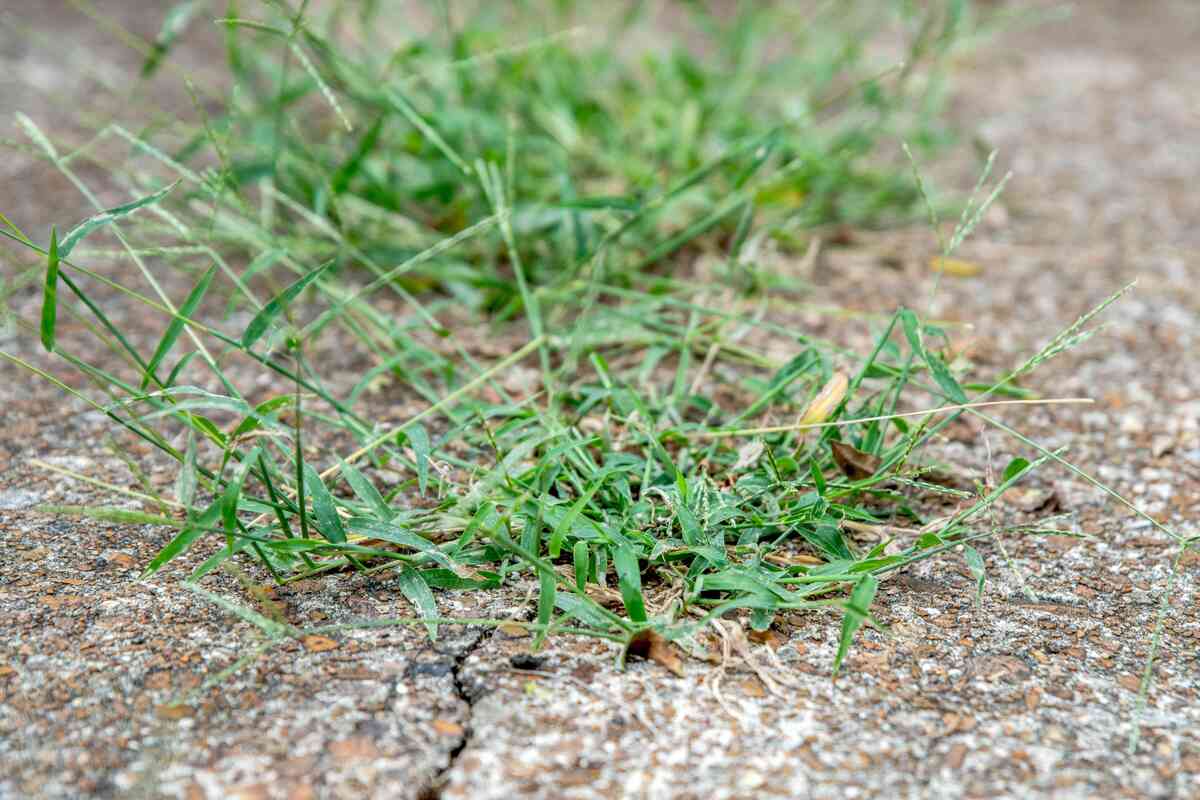
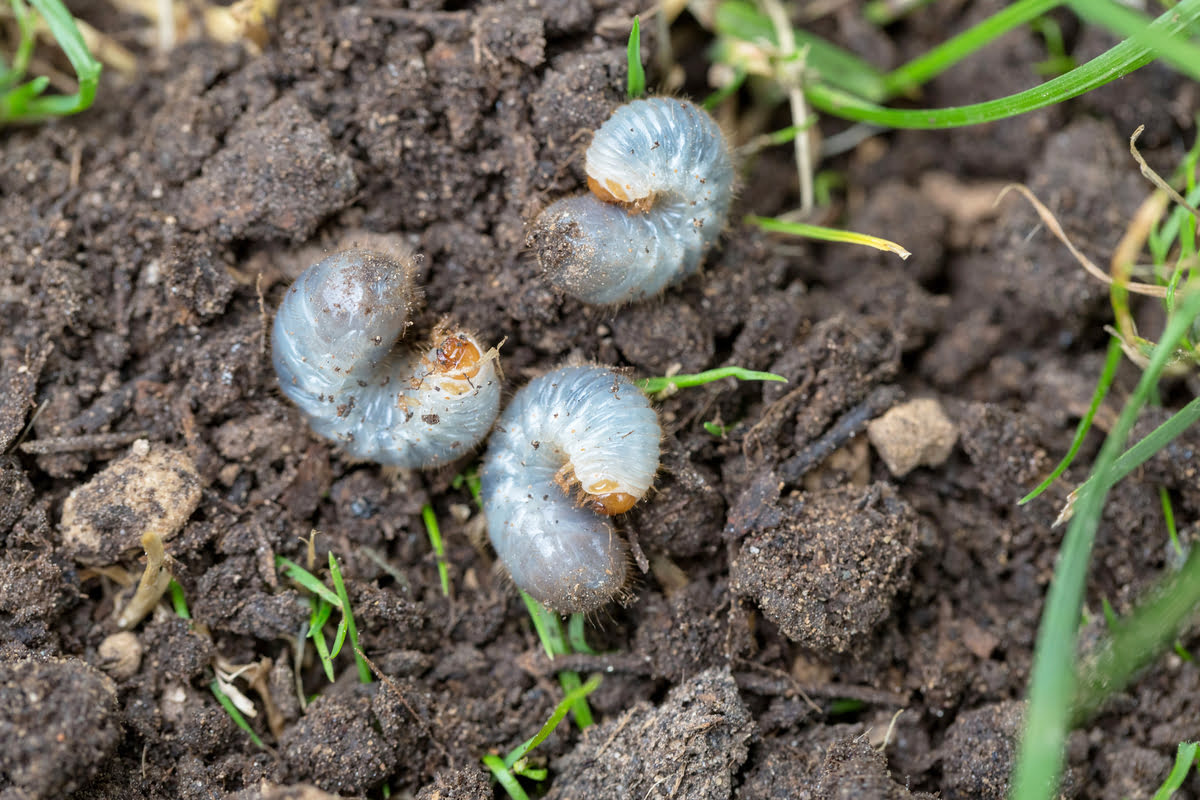
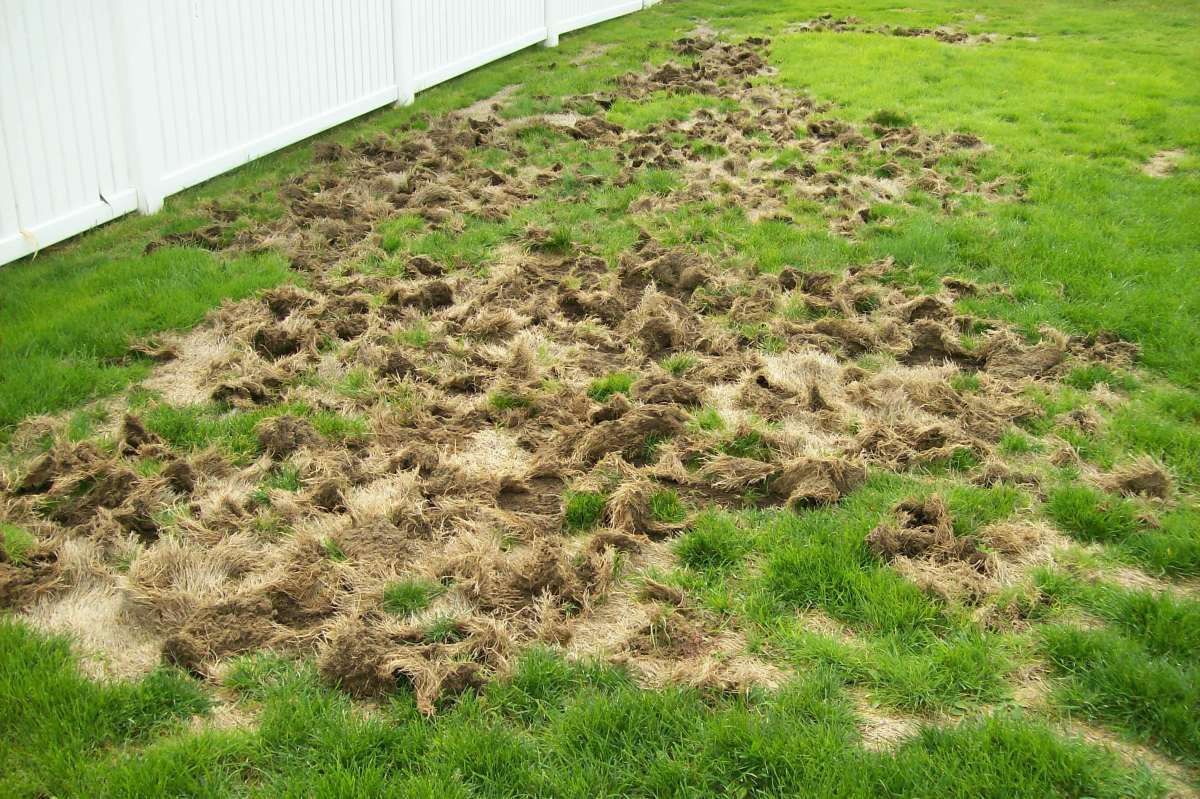
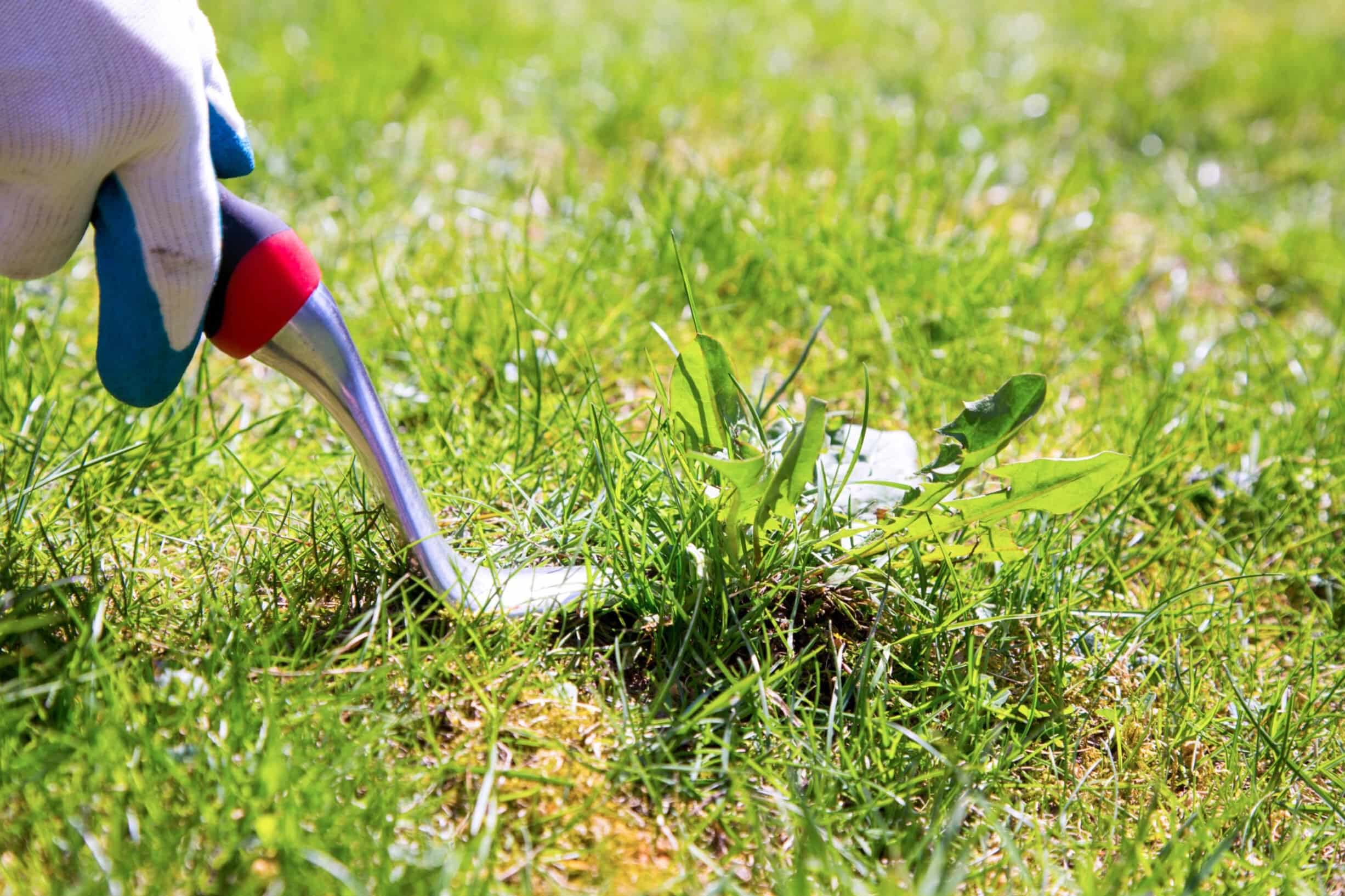
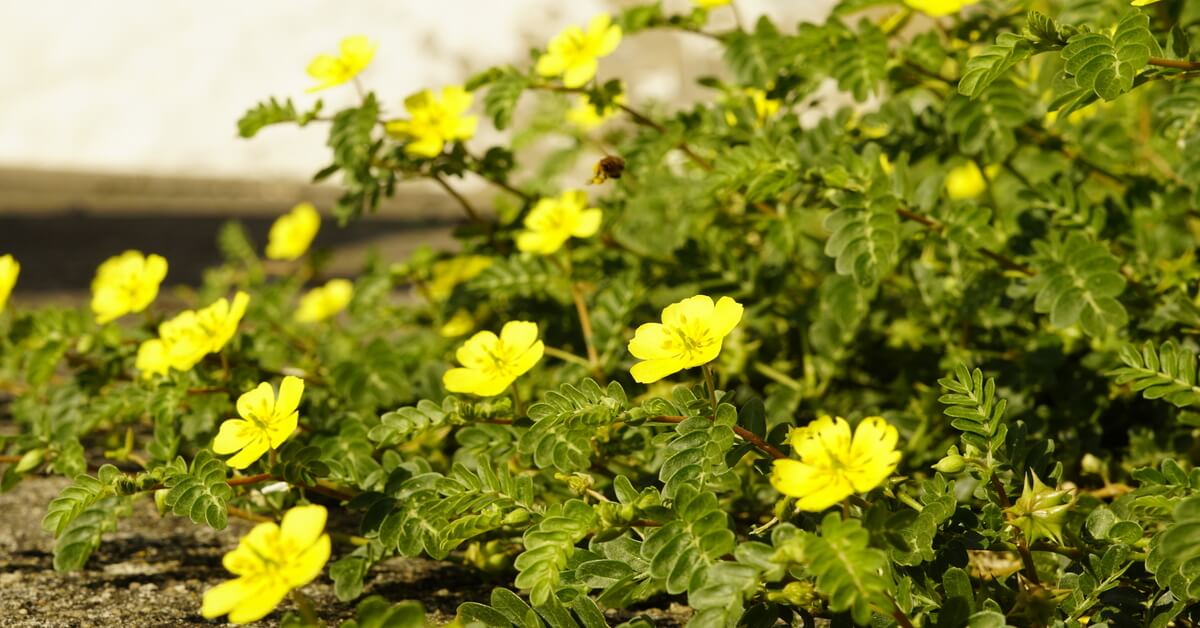
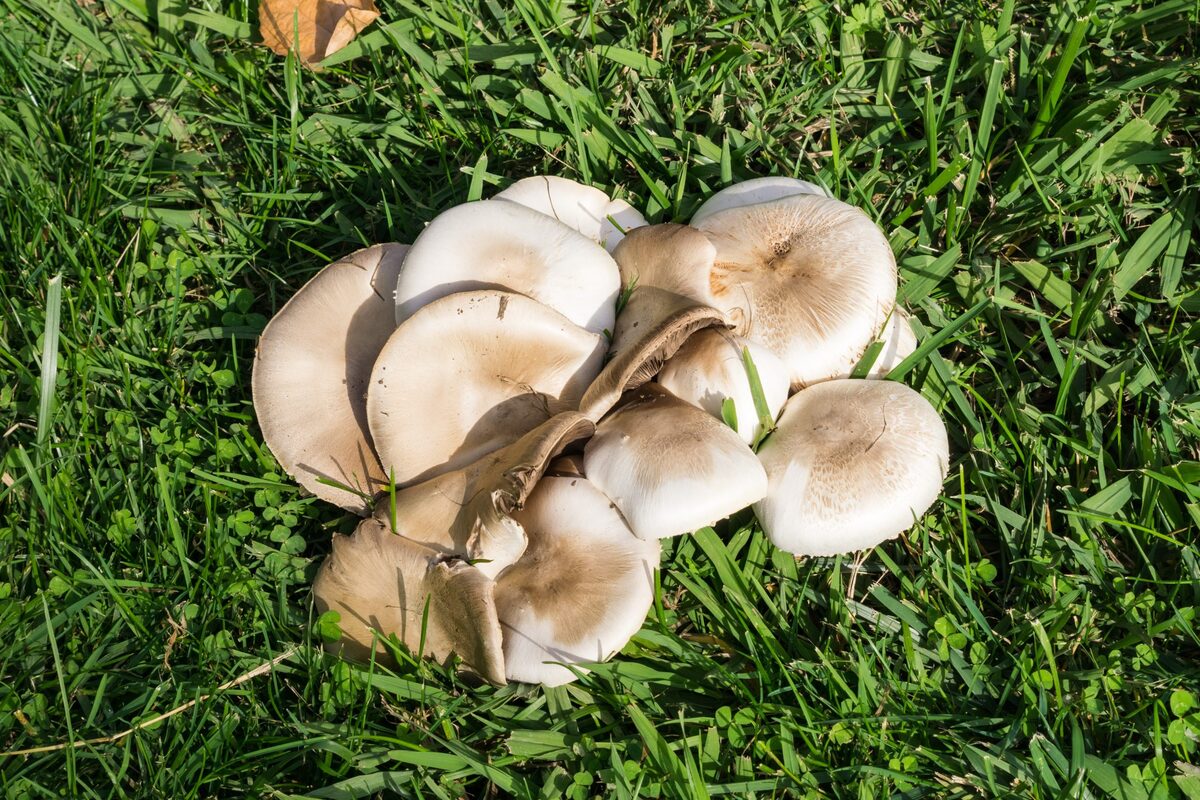
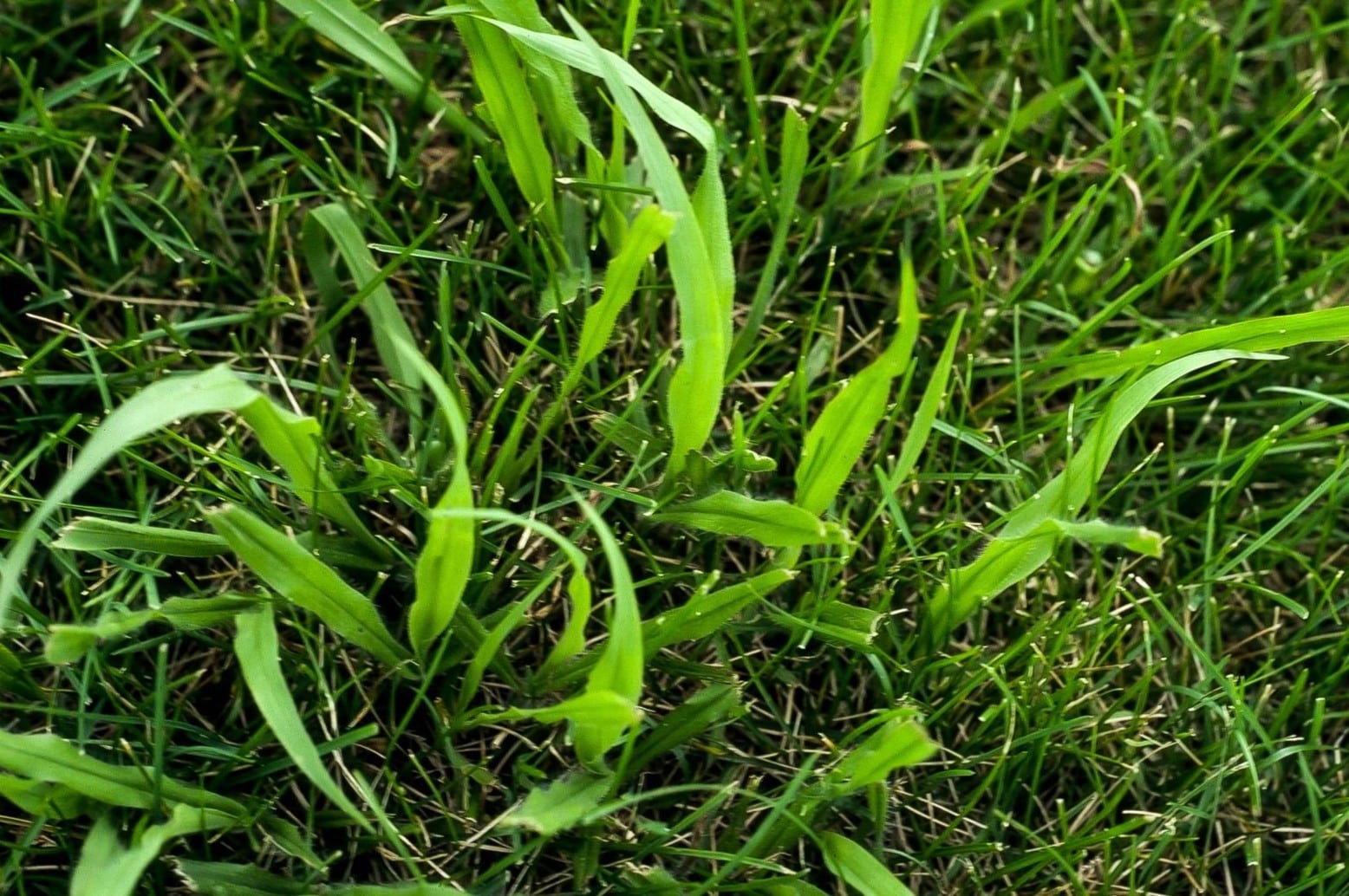
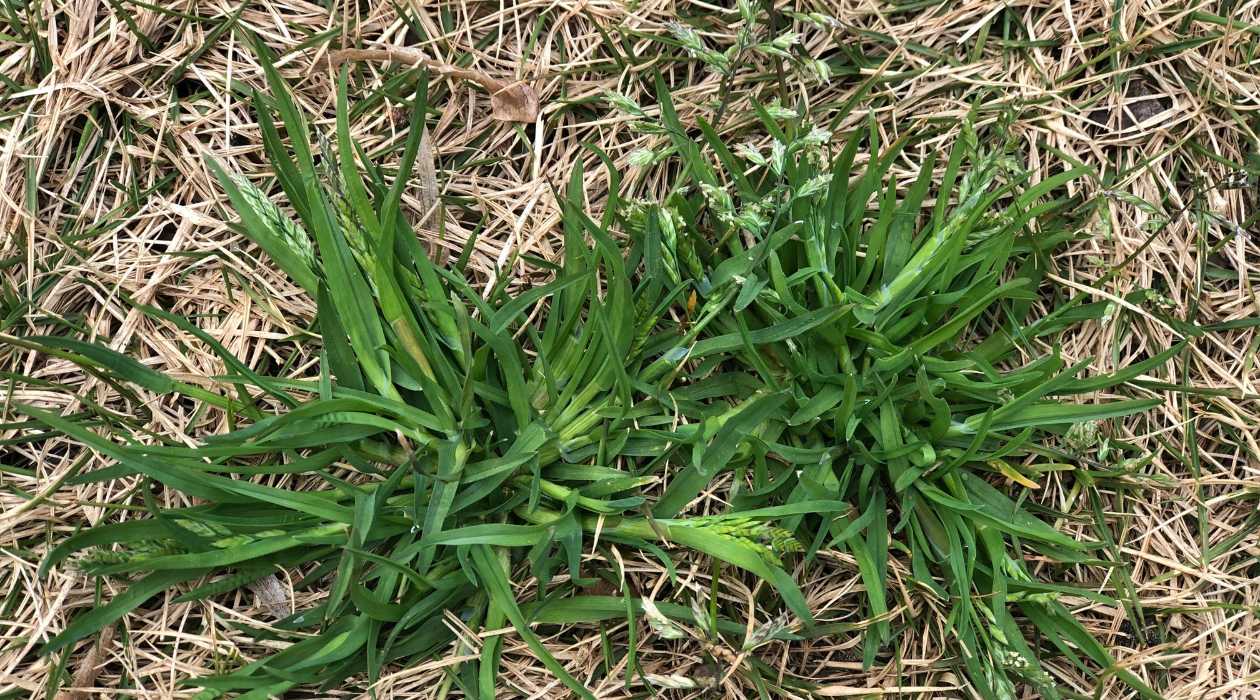
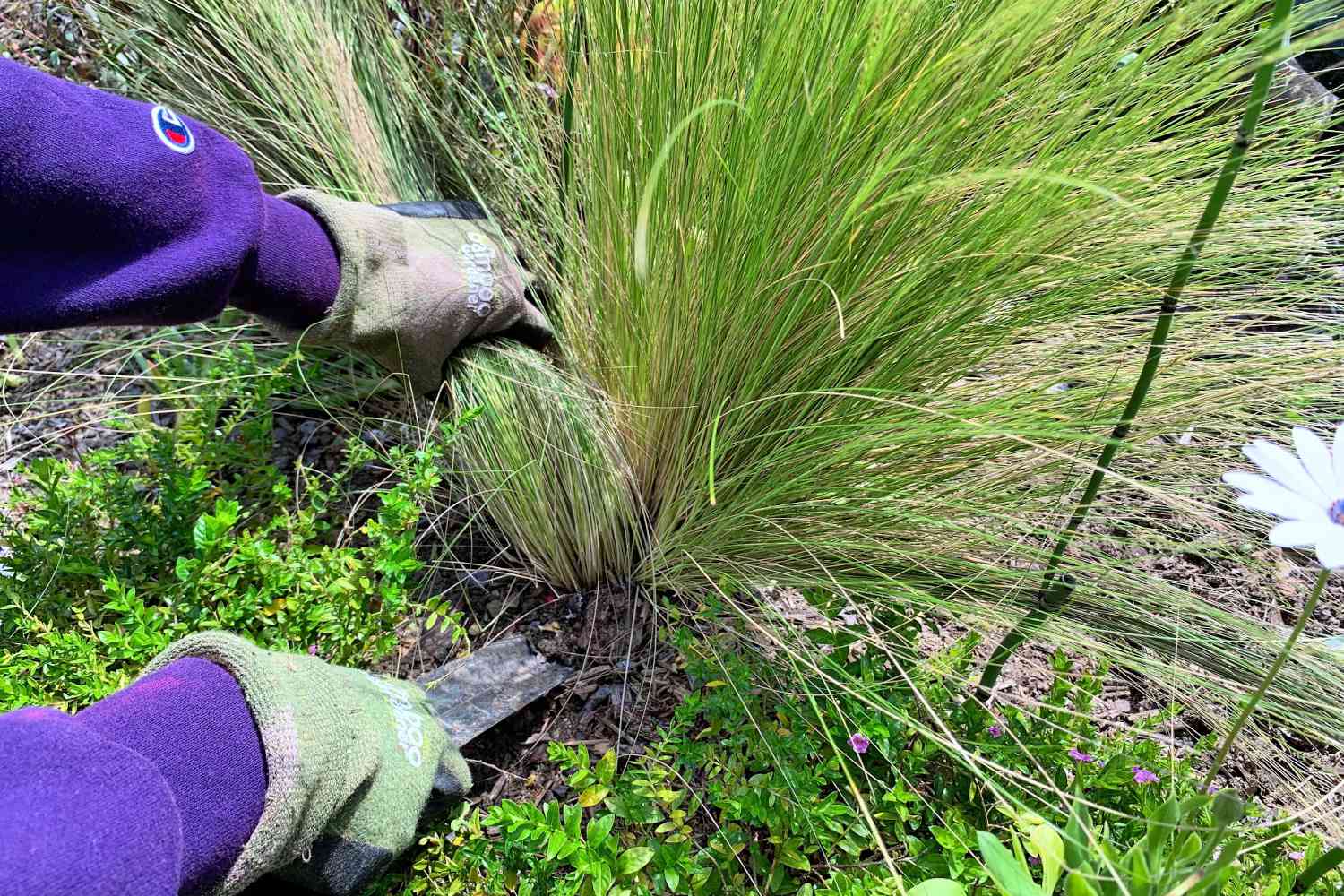
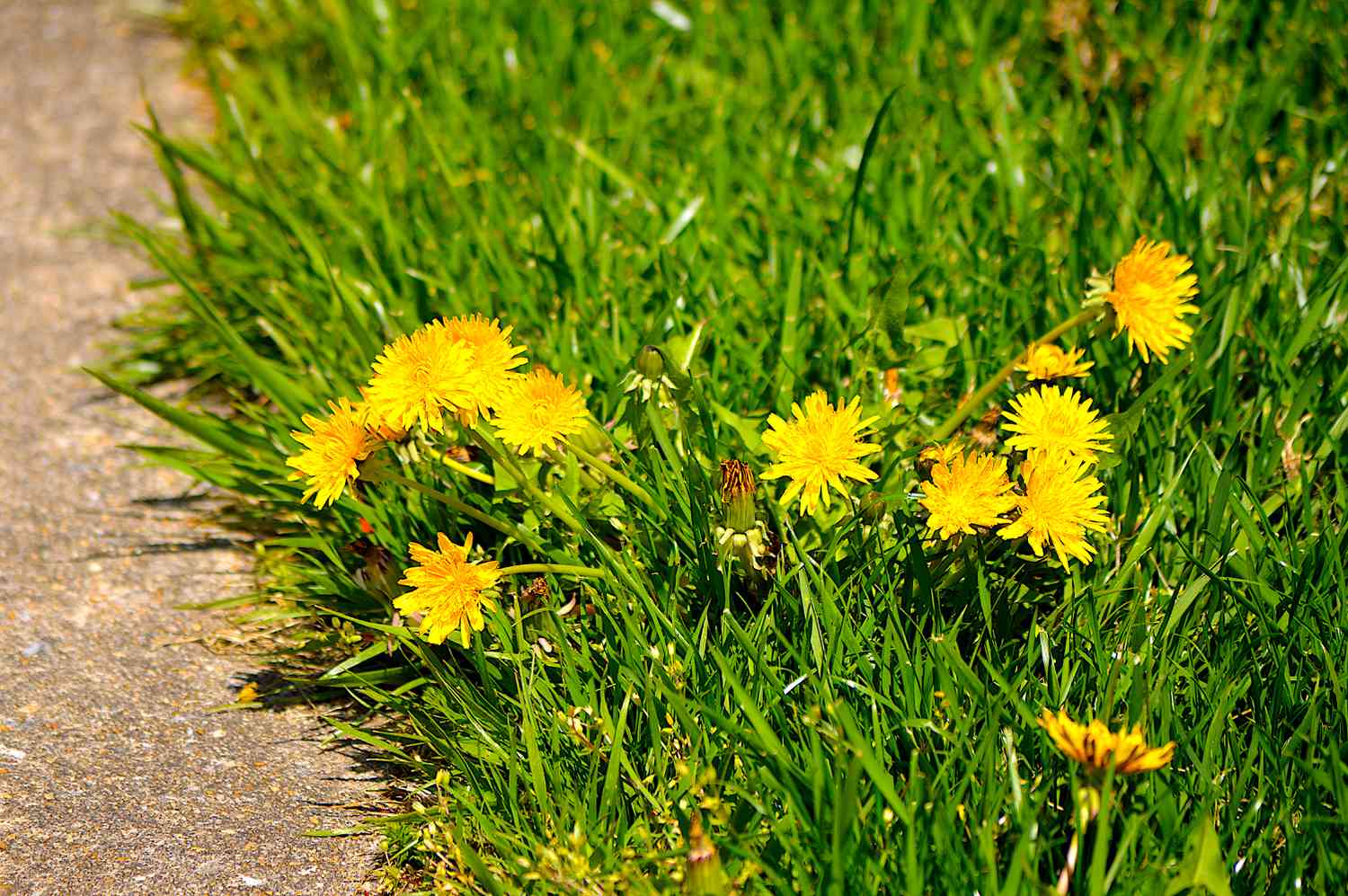
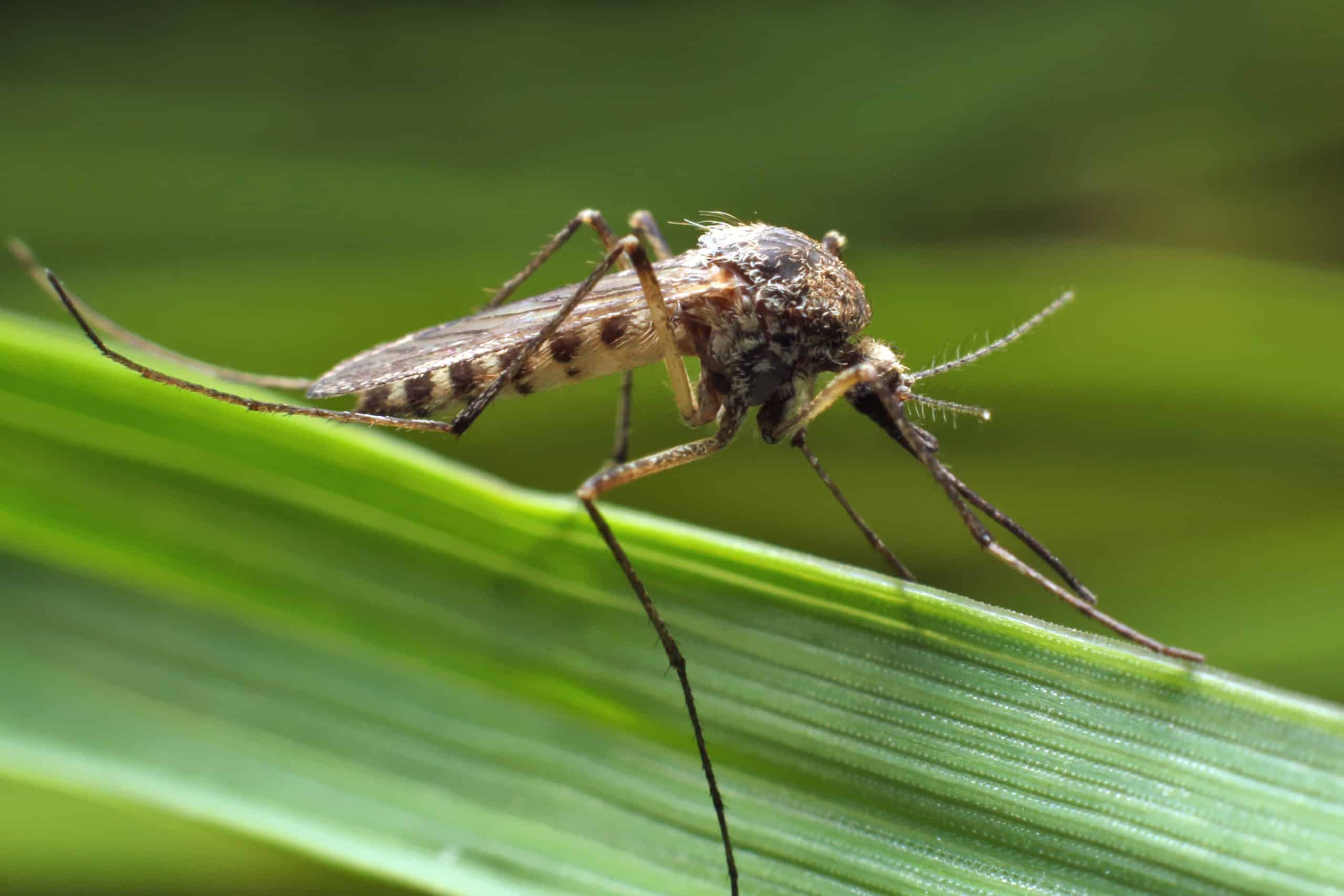

0 thoughts on “How To Kill Grubs In Grass”